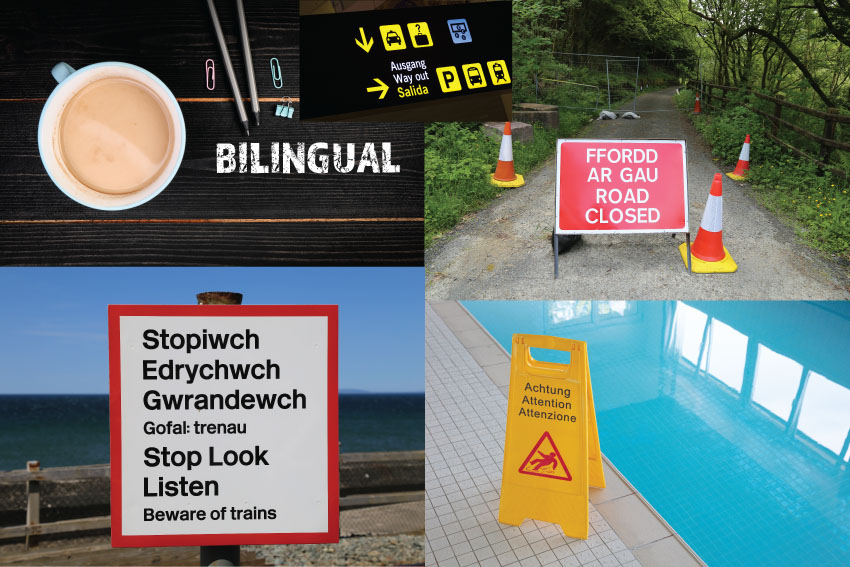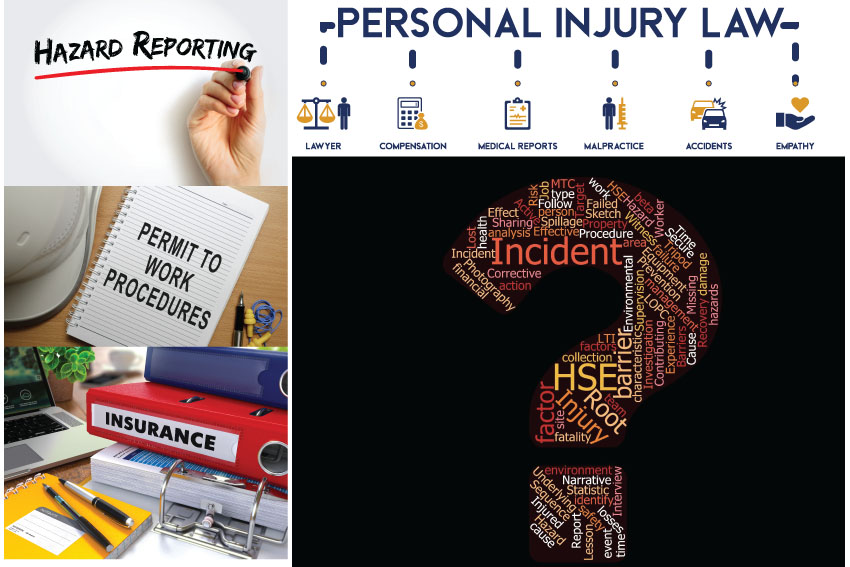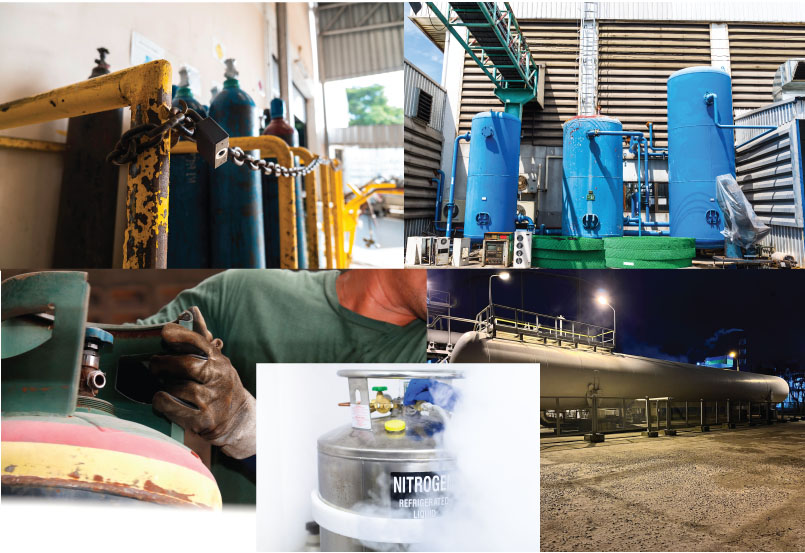
Bilingual signs, those featuring text or symbols in two different languages, are a widespread presence in many parts of the world. Whether it's road signs, public facilities, or educational institutions, the use of multiple languages on signage has become a hallmark of inclusive and culturally sensitive environments.
But what lies beneath the surface of these signs, and why do we need them? In this blog, we will delve into the compelling reasons why bilingual signs have evolved into an essential aspect of our society.
More...

Nobody likes the idea of their personal belongings being accessible to burglars. Fortunately, there are several preventative measures you can take to protect break-ins. From CCTV to some cleverly-timed lighting, you can make sure your home is as safe as possible for you, your family, and your valuables, whether you’re home or staying away.
Read on to find out how to prevent break ins at home.
More...

Road traffic accidents are the leading cause of death among people aged 5-29 around the world. However, it’s reported that a high proportion of these accidents could be prevented.
With that in mind, let’s take a look at how to drive safely in a neighbourhood where there are lots of children. Here, we’ll highlight what motorists should pay attention to considering the unpredictable behaviour of vulnerable children, and the meanings of relevant hazard-warning signs.
More...

A safe working environment creates a more protective, productive and prosperous business. However, there are several reasons why employees might not want to report hazard warning signs that they find. This can lead to accidents and other consequences should the hazard stay unreported.
Here to support employers, this guide will show them how to encourage their workforce to become more comfortable with reporting work hazards.
More...

Used across a variety of industries and for multiple purposes, compressed air and gases are associated with various hazards. Although both are kept under high pressure, they take different forms. Compressed air is kept exclusively for the powering of mechanical devices such as pneumatic tools and compressed air systems. Compressed gases are typically kept in solid cylinders to be safely dispensed through a control valve.
Given the associated risks, we’ll focus on the safest storage and handling methods in this blog, specifying the signage that should be put in place for the maintenance of gas and air compressor safety.
More...